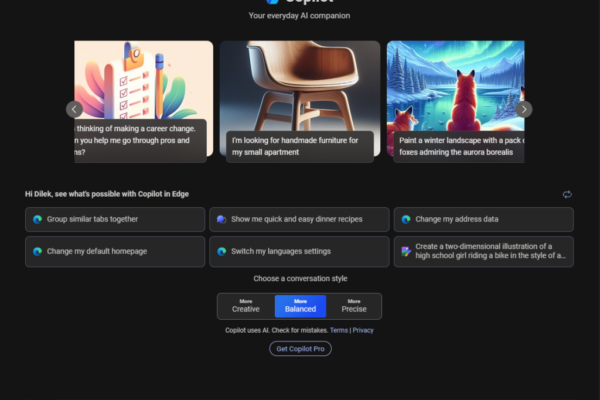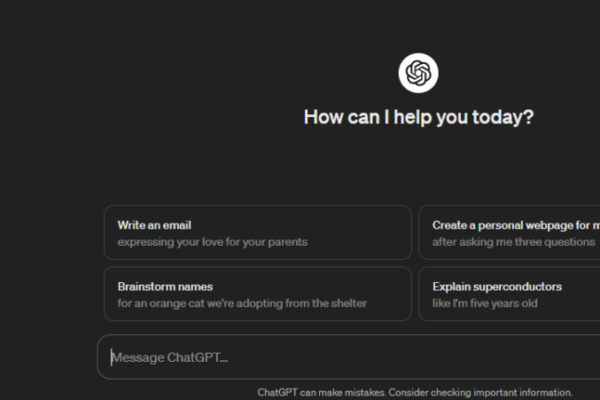Integrating and Leveraging Prompts for AI Productivity: A Comprehensive Guide!
What is an Ai prompt?
Ai prompts are queries and instructions that can guide the Ai software to deliver a desired answer to your question.
Are prompts a part of Ai development which can be found in a user guide or can we craft new prompts?
The answer is both. Ai prompts and structures are developed during the development stage and depends on the trained data, its functions or task it was designed for.
A simple example is ChatGPT can “write” a creative article for you however you can not ask ChatGPT to “draw” a picture for you. Write and Draw are two instructions (queries, prompts). On the other hand, Dall-E can draw, create, sketch a teddy bear if you were to ask it.
Where do we find pre-developed prompts of an Ai software?
Ai software resources such as documentation, user guides can contain prompt information.
Also, on the websites templates or example prompts are provided to guide you through the process.
Examples: ChatGPT, Microsoft Copilot, Gemini Ai new chat page shows examples of prompts as shown in the following images.
How can AI prompts be refined and adjusted after the AI has been deployed?
Provided that AI is trained with quality data, has a user-friendly interface (UI), employs a satisfactory feedback mechanism and a performance monitoring capability users can communicate with the Ai starting with a base question and iterate until a desired result is achieved. In the process, used AI software capabilities will be understood better, also pitfalls can be discovered. The learning in that case goes both ways.
How does AI learn?
Feedback Loop: AI interactions and feedback from users improves its capabilities via data collection and analysis, updating the software accordingly.
Performance Monitoring: As a part of feedback loop accuracy, relevance, and user satisfaction monitoring helps improve the Ai capabilities.
Iteration and A/B Testing: Continuous improvement and refining with the best choices for prompts is used to pinpoint the best interaction pathways between human and AI software.
Natural Language Processing and Understanding: Leveraging NLP models can help the AI better understand the language nuances, context, and user requests and intents, which helps users to interact with Ai software as if they are speaking to another human instead of coding or scripting.






